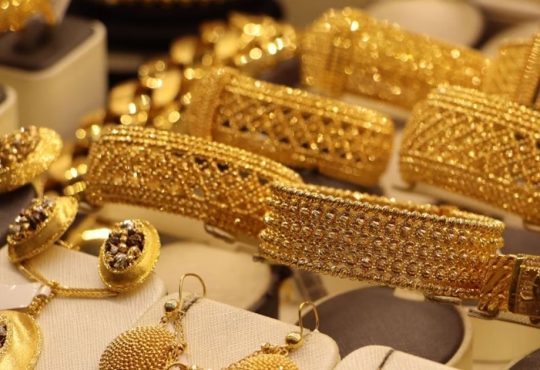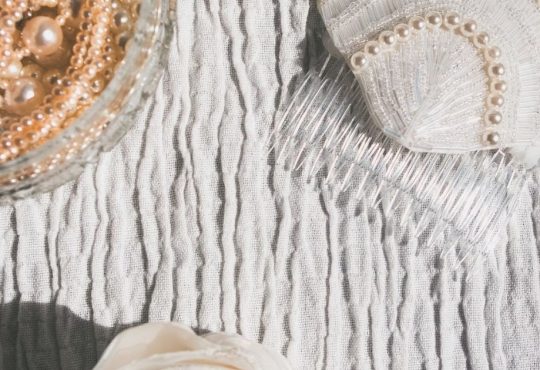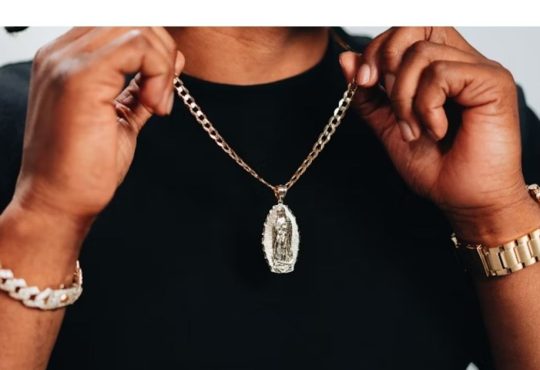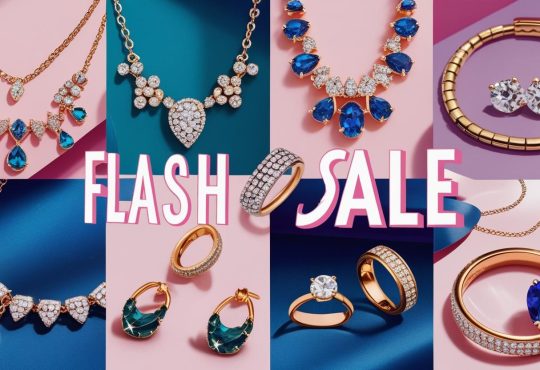Matching jewelry with footwear is a subtle way to elevate an outfit. The right combination creates cohesion from head to toe, signals attention to detail, and can transform a simple look into something memorable. This guide explains the principles behind pairing jewelry and shoes for men, offers concrete styling rules, and recommends brands and product ideas based on 2025 reviews and industry roundups.
10 Style Guide to Matching Jewelry and Shoes for Men
1. Start with the Basics: Consider Formality and Material
The first rule of pairing jewelry with shoes is to match the level of formality. Dress shoes and refined jewelry belong together. Rugged boots and heavy, tactile pieces read as casual and intentional when paired together. Athletic or outdoor sneakers work best with minimalist, sport-inspired jewelry or subtle metal accents.
Shoes set the tone for an outfit. For example, classic dress shoes, loafers, and well-made boots signal a more formal aesthetic. Contemporary sneaker culture and technical outdoor footwear have expanded the casual category, making it normal to mix sport silhouettes with refined accessories for a modern contrast. Sources that tested the best shoes of 2025 underline how varied modern menswear footwear has become, from dress sneakers to heritage boots.
2. Match Metals to Shoe Hardware
One of the easiest ways to create harmony is to align metal tones. If shoes feature metal hardware, such as buckles, studs, eyelets, or decorative chains, mirror that metal in jewelry. For example, a pair of monk straps with silver buckles pairs well with sterling silver rings and a brushed steel watch. Brown leather loafers with brass or gold-toned hardware pair well with warmer metals like rose gold or yellow gold.
This rule reduces visual tension. When metals align, the eye reads the outfit as intentional rather than mismatched. Fashion editors and style guides emphasize the importance of repeating materials across accessories to achieve a polished look.
3. Coordinate Color Temperature and Texture
Leather and fabric tones carry a temperature. Warm leathers, like chestnut and cognac, pair with warm metals and matte textures. Cool leathers, such as black or blue, pair with cooler metals and polished finishes. Textured shoes, such as woven loafers or suede boots, are best paired with jewelry that has tactile qualities. Smooth, highly polished shoes pair naturally with sleeker, minimalist jewelry.
Textural balance is essential. Avoid pairing heavily embellished shoes with highly ornate jewelry unless the overall look intentionally calls for maximalism. When in doubt, opt for one focal accessory and keep other pieces restrained. Trend coverage in 2025 points toward both artisanal textures and minimalist metalwork in men’s jewelry, making texture matching a timely strategy.
4. Match Formality in Specific Pieces
Think of shoes and jewelry as components of the same language. Formal dress shoes such as Oxfords and wholecuts should be complemented by refined jewelry. Minimal signet rings, subtle cufflinks, and a classic leather-strap watch fit best. For smart casual looks featuring loafers or derby shoes, a mix of polished and matte pieces works well. For casual boots and athletic trainers, bracelets, chains, or rugged signet rings in a brushed finish complement the relaxed feel.
How jewelry and shoes relate to tailoring matters, too. For tailored suits, keep jewelry discreet and coordinated with the shoes. Suits demand refined leather and restrained metalwork. For casual suiting or blazer-and-jeans combinations, there is more room to play with bolder shoe shapes and statement jewelry. Style authorities recommend always letting the most formal piece set the tone for the rest of the outfit.
5. Build From the Ground Up: Pairing Rules By Shoe Type
Dress Shoes and Minimalist Jewelry: Dress shoes require subtlety. When wearing classic leather Oxfords, cap toes, or wholecuts, pair with slim signet rings, a thin metal bracelet, or simple cufflinks. Watches should be dress-appropriate, with leather straps and clean dials. Keep metal tones consistent with any shoe hardware, such as buckles or trims. Investment dress shoes from quality houses are recommended for longevity and polish.
Loafers and Refined Casual Jewelry: Loafers sit between formal and casual. They pair well with slim chains, thin stacked rings, and small hoop earrings when applicable. A pared-back bracelet or a minimalist watch will complement loafers in suede or smooth leather. Loafers with a bit of hardware naturally align with metal bracelets or a metal watch band.
Boots and Tactile Jewelry: Chunky boots, Chelsea boots, and work-inspired styles pair well with tactile jewelry. Opt for heavier chains, textured signet rings, or leather-and-metal bracelets. Brushed or matte metal finishes harmonize with the rugged character of boots. Boots with utilitarian hardware invite accessories that echo that aesthetic. The trend toward slouchy, robust boots in recent styling guides makes tactile pairings especially relevant.
Sneakers and Sporty or Minimal Jewelry: Sneakers range from dressy trainers to gorpcore trail shoes. Dressier sneakers call for polished, minimalist jewelry. Technical or outdoor sneakers pair well with silicone or braided bracelets and matte metal rings. For retro runners and heritage silhouettes, thin chain necklaces or small, understated rings provide a tasteful nod to nostalgia without overwhelming the casual tone. Recent sneaker roundups highlight how versatile modern trainers can be across styles.

6. Styling Scenarios and Examples
Casual Weekend: White Sneakers with A Layered Chain
White leather sneakers pair easily with a single medium-weight chain in silver or gold, depending on shoe accents. Keep rings minimal and add a leather-strapped casual watch. The overall look is balanced and easygoing.
Smart Casual: Suede Loafers with a Signet Ring
Cognac suede loafers and a brushed gold signet ring create a harmonious palette. Add a thin bracelet or a watch with a brown leather strap to carry the warm tones upward.
Night Out: Polished Boots with Statement Cufflinks
Polished black boots and an evening blazer work well with a bold signet ring or a sculptural chain. Keep cufflinks understated if the ring is the statement, or choose ornate cufflinks and a single understated ring to avoid clashing.
Street Style: Gorpcore Trainers with Rubber Bracelet
Performance sneakers with chunky soles pair naturally with rubber or silicone bracelets and matte metal rings. Layering small chains is fine if the metals are matte and cohesive with the outfit’s overall colorway.
7. Layering Jewelry Without Overdoing it
Layering can show sophistication when done with restraint. Follow the 60 30 10 rule adapted for accessories. Let 60 percent of the visual weight belong to shoes and clothing, 30 percent to a single larger accessory, such as a watch, and 10 percent to accent pieces, such as a ring or a thin chain. This keeps the look grounded. Balance is the real goal. If the shoes are ornate or heavily textured, keep jewelry to a minimum. If shoes are austere, a single bold piece of jewelry can add the right amount of personality.
8. Recommended Brands and Product Ideas
Several brands and product categories are worth watching for 2025-inspired looks. For jewelry, established and contemporary names deliver diverse choices. GQ and other fashion outlets list brands such as Cartier for luxury signet rings, Miansai for nautical and braided leather bracelets, Tom Wood for sculptural rings, and Mejuri for refined gold and silver pieces at accessible price points. These brands are notable for craftsmanship and design that suit multiple aesthetics.
For shoes, editorial roundups recommend investing in durable dress shoes from makers such as Church’s or Crockett & Jones for classic leather. For boots and casual options, Paraboot and Dr. Martens have strong seasonal entries, while contemporary sneakers from Common Projects, New Balance, and technical brands offer modern silhouettes. Readers are encouraged to choose shoes that suit lifestyle needs and to match jewelry choices to those silhouettes.
9. Practical Tips For Shopping and Maintenance
- Inspect hardware and finishes on shoes and jewelry before purchase. Consistent metal tones make coordination easier.
- Choose wearable metals like sterling silver, stainless steel, or 14k gold for everyday pieces. These metals age well and pair well with a range of shoe styles.
- For travel and everyday wear, favor durable, low-maintenance bracelets and chains. Leather bracelets require conditioning to avoid cracking.
- Rotate shoes and jewelry to prevent overuse. Quality footwear benefits from rest and regular care.
- When investing in statement pieces, buy from reputable sellers and prioritize craftsmanship. Editorial lists of the best jewelry and shoes in 2025 emphasize durability and design integrity.
10. Avoid These Common Mistakes
- Do not force a match between ornate shoes and ornate jewelry. The result can look cluttered.
- Avoid mixing warm and cool metals unless the outfit intentionally plays with contrast. Mixing metals is possible but requires careful balancing.
- Do not neglect proportion. Small rings can disappear next to bulky boots, while large chains can overwhelm delicate loafers.
Bringing it All Together with Style and Intention
Pairing jewelry with men’s shoes is about balance, cohesion, and thoughtful detail. Shoes establish the outfit’s tone. Jewelry should echo that tone through metal choices, texture, and formality. Whether choosing a minimalist chain for retro runners, a textured signet for sturdy boots, or refined cufflinks for dress shoes, a considered approach enhances personal style and wardrobe impact. Invest in a few well-made pieces and a range of shoes that reflect lifestyle needs. The result is a coordinated wardrobe that looks intentional and modern.





